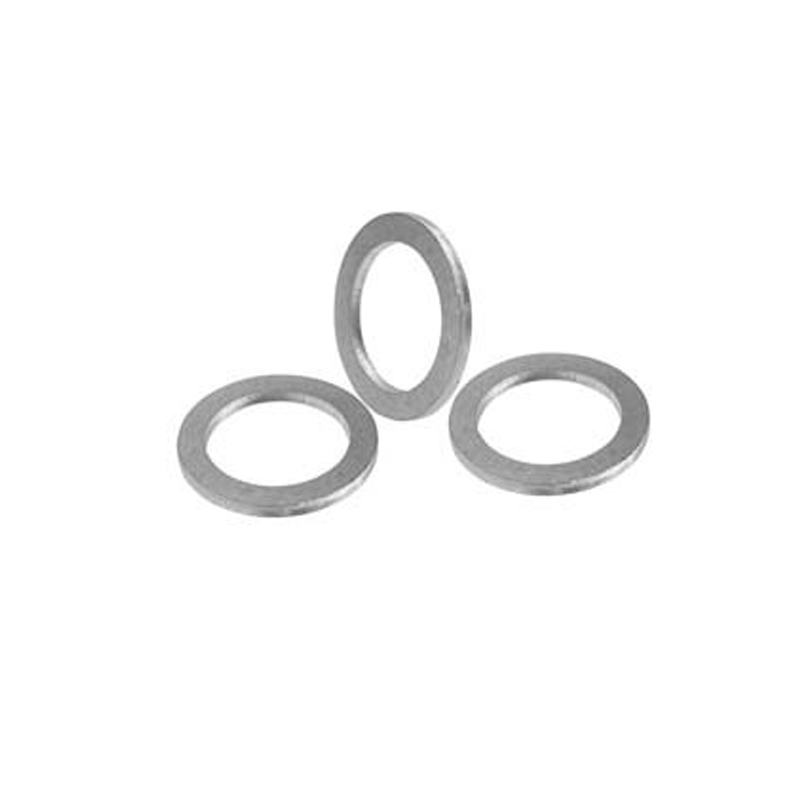Understanding the Functionality and Importance of Hydraulic Pump Shaft Seals in Fluid Systems
Understanding Hydraulic Pump Shaft Seals
Hydraulic systems are integral to a range of industries, from manufacturing to automotive, owing to their efficiency and reliability in powering machines. At the center of these systems are hydraulic pumps, which play a crucial role in transferring hydraulic fluid. A pivotal component of hydraulic pumps is the shaft seal, which ensures the system's integrity and performance.
Importance of Hydraulic Pump Shaft Seals
The primary function of hydraulic pump shaft seals is to prevent hydraulic fluid from leaking out of the pump housing and to keep contaminants from entering the hydraulic system. This sealing mechanism is vital for maintaining pressure within the system and ensuring optimal performance of the hydraulic equipment. Fluid leaks not only lead to reduced efficiency but can also result in costly repairs and downtime. Furthermore, contamination from external sources can harm the hydraulic fluid and damage sensitive components, leading to system failure.
Types of Hydraulic Pump Shaft Seals
There are several types of shaft seals used in hydraulic pumps, each designed for specific applications
. Common seal types include1. Mechanical Seals These consist of two flat surfaces that are pressed together to form a tight seal. Mechanical seals are often used in high-pressure applications due to their reliability and durability.
2. Lip Seals Also known as radial shaft seals, these have a flexible lip that makes contact with the shaft. They are widely used because they are simple and economical, making them suitable for low to moderate pressure applications.
hydraulic pump shaft seal

3. O-rings While not a seal in the traditional sense, O-rings are circular seals that fit into grooves on the pump casing and shaft. They provide excellent sealing capabilities and are commonly used in hydraulic applications.
4. Diaphragm Seals These seals separate the hydraulic fluid from the environment using a flexible diaphragm. They are excellent for corrosive applications where standard seals might fail.
Each type of seal has its advantages and limitations, and the choice of seal often depends on factors such as operating pressure, temperature, and the type of hydraulic fluid used.
Installation and Maintenance
Proper installation and maintenance of hydraulic pump shaft seals are crucial for their longevity and performance. During installation, it is essential to ensure that the sealing surfaces are clean, smooth, and free of debris. Proper alignment of the seal and shaft is also critical to prevent premature wear and failure.
Routine maintenance checks should include inspecting seals for signs of wear, such as cracks, tears, or deformation. Regularly changing the hydraulic fluid and monitoring for contamination can also extend the life of the seals and enhance overall system performance. In cases where leaks are detected, timely replacement of seals is essential to prevent costly downtimes.
Conclusion
In summary, hydraulic pump shaft seals are vital components that ensure the efficient operation of hydraulic systems. They prevent leaks, protect against contamination, and help maintain the integrity of the hydraulic fluid. By understanding the different types of seals, adhering to proper installation techniques, and committing to regular maintenance, operators can enhance the performance and longevity of their hydraulic systems. This proactive approach not only saves time and money but also contributes to the reliability and safety of operations across various industries.
-
Understanding the Importance of the Crankshaft Oil Seal in Engine Performance
News Jun.16,2025
-
The Unsung Heroes of Engine Protection: Understanding Automotive Shaft Seals and Oil Seals
News Jun.16,2025
-
Keeping the Engine Tight: The Role of Crankshaft Seals and Gaskets in Oil Control
News Jun.16,2025
-
Complete Protection in Harsh Conditions: A Deep Dive into Cassette Seals
News Jun.16,2025
-
Choosing the Right Oil Seal: A Guide to Trusted Brands and Suppliers
News Jun.16,2025
-
Advanced Sealing Technologies: Exploring the Range of Modern Oil Seals
News Jun.16,2025
-
Your Essential Guide to Car Repair Kits: From Rust to Dings
News Jun.13,2025
Products categories















